Yorkshire
Wildlife
Yorkshire wildlife - where to see what, information about different species, and photos. Read about Yorkshire wildlife.
Yorkshire cycling website

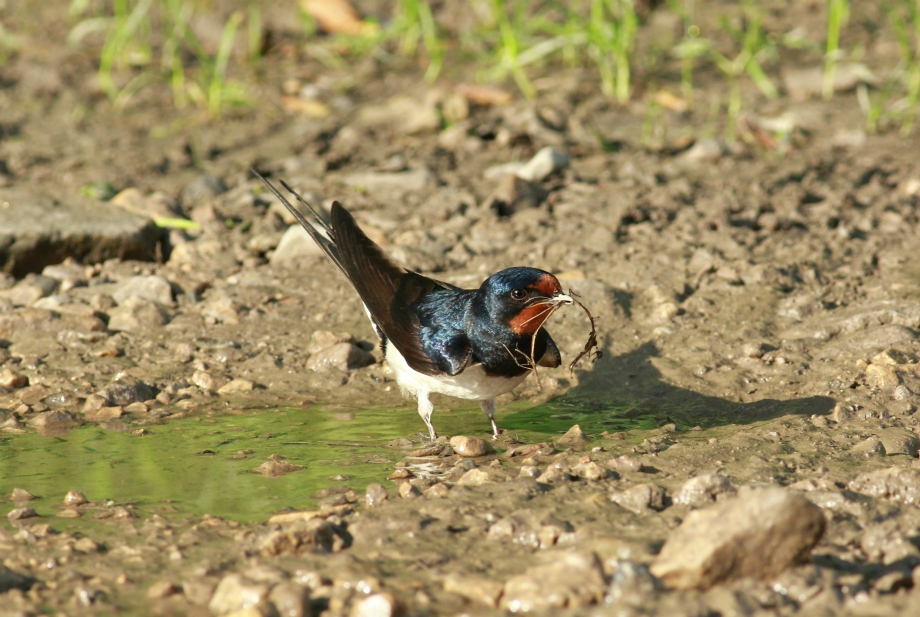
Swallow, Bilton Lane
Old Bilton is a haven for wildlife, right on the doorstep of Harrogate and Knaresborough. Take a walk along Bilton Lane, and you can see lots of British birds enjoying the mixed habitat of meadows, hedges, woods, and gardens. Roe deer emerge from the woods of the Nidd Gorge in the evening and early morning. Otters and kingfishers live on the river Nidd.
The wildlife photos here are all taken around Bilton and the Nidd Gorge.
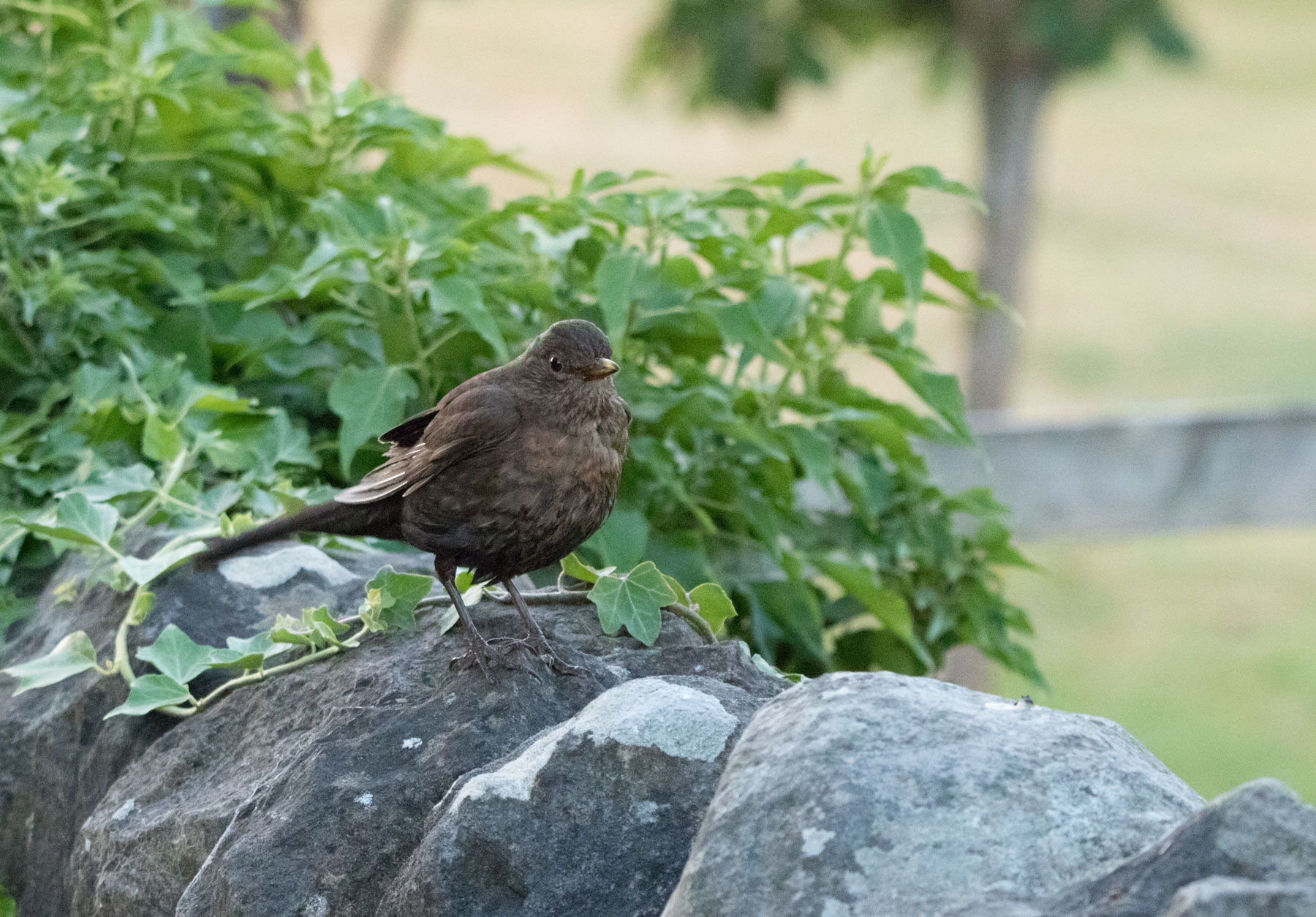
Female blackbird by Bilton Lane
Blackbirds thrive around Bilton Lane. There are lots of them, and they forage at the side of the road, and disappear into the hedges or trees when alarmed.
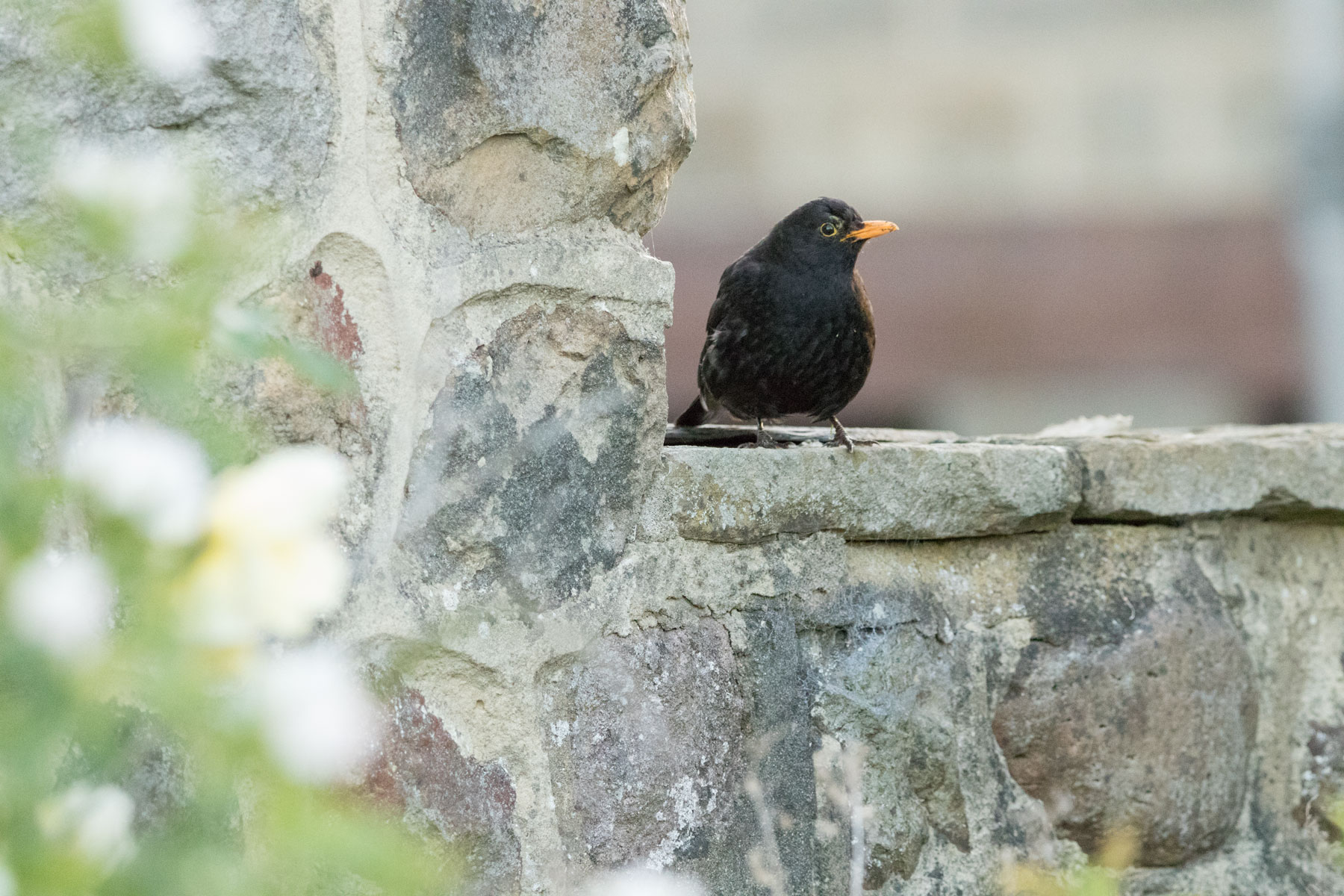
Male blackbird on a garden wall
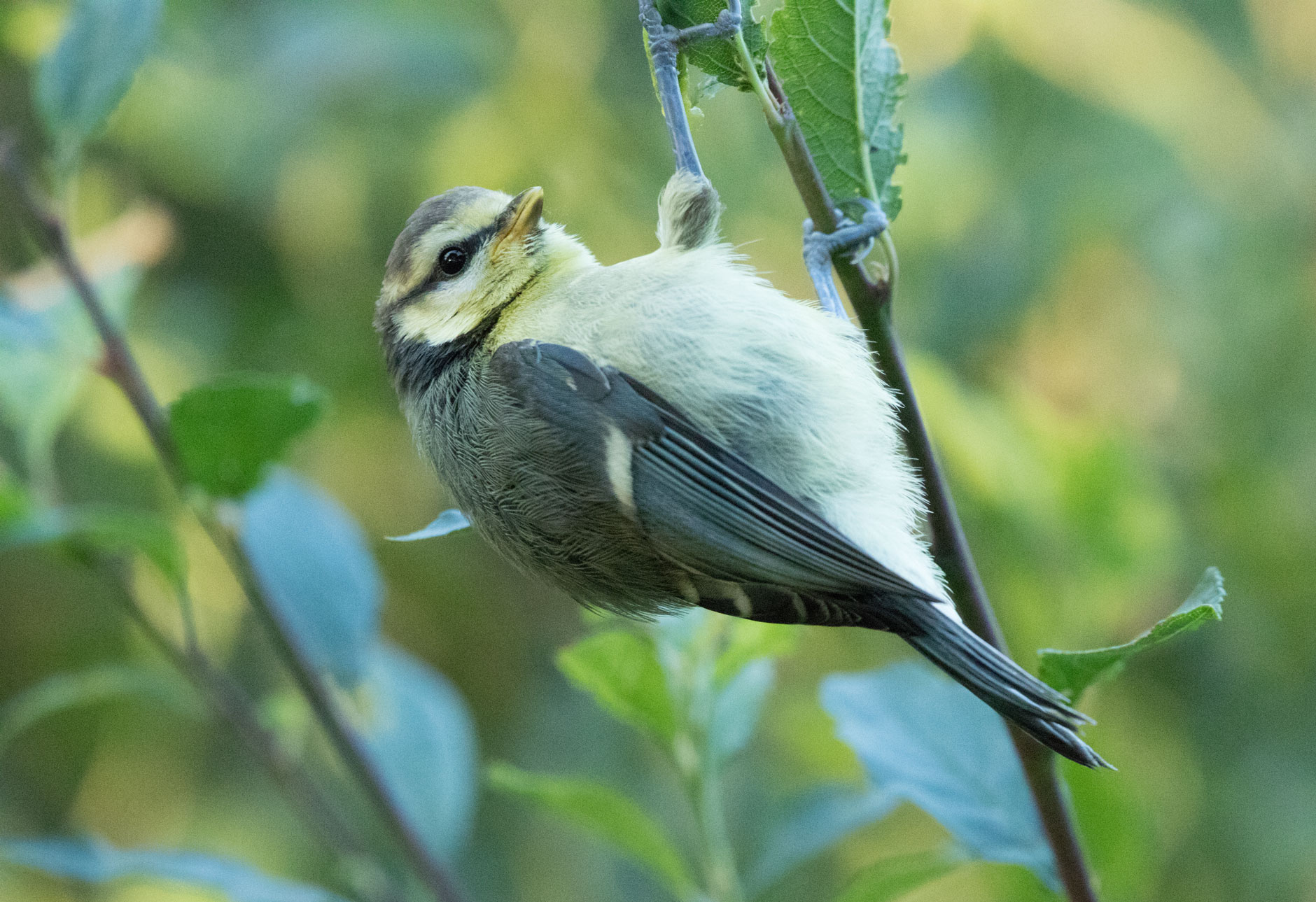
Blue tits tend to come in raiding parties, marauding their way from tree to tree. Being very light, they can perch on most plants, and manoeuvre themselves into whichever position is most advantageous for what they want to eat. Whether it's right-way-up or upside-down doesn't matter much.
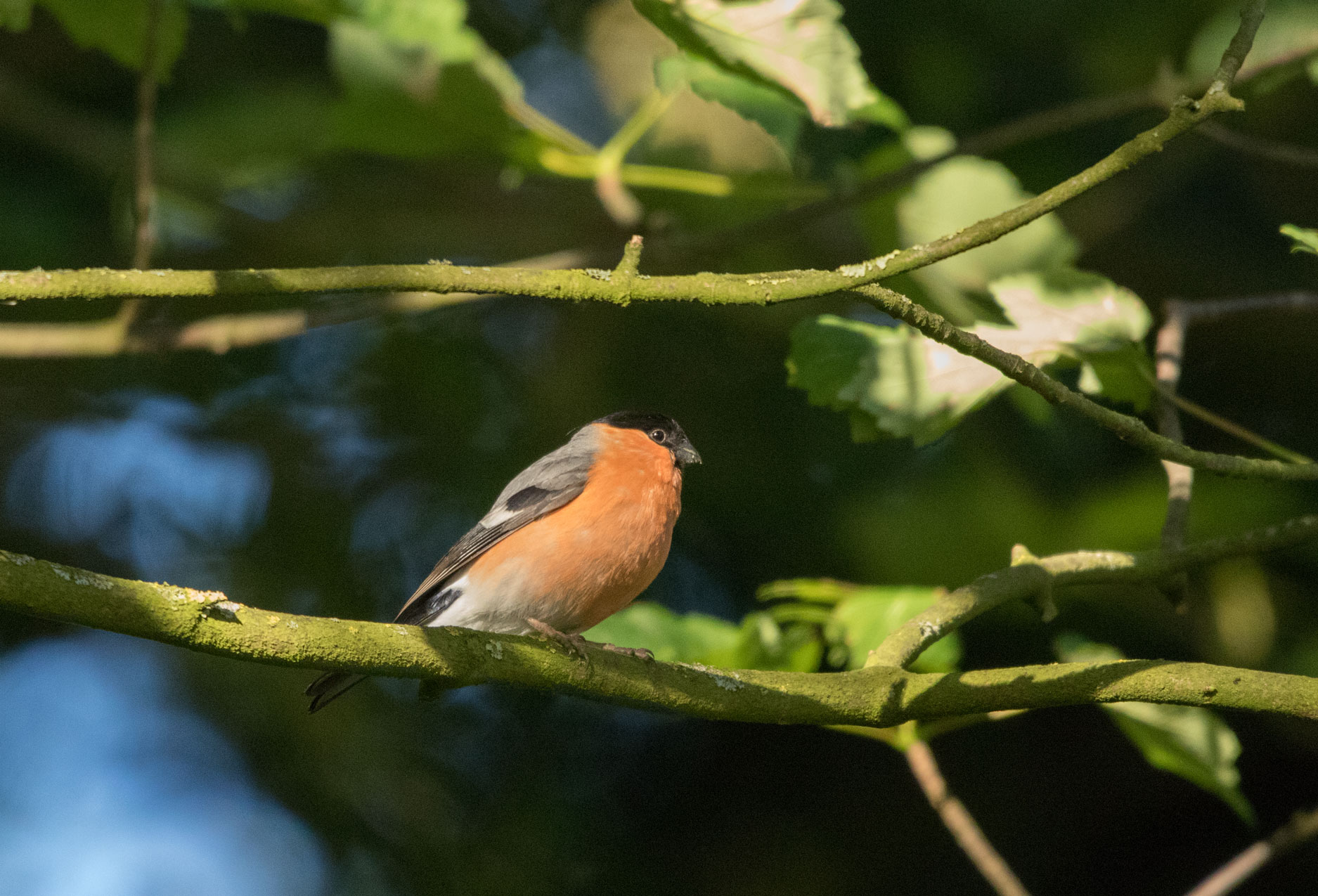
I've seen a few bullfinches along Bilton Lane. The males are strikingly colourful, almost exotic.
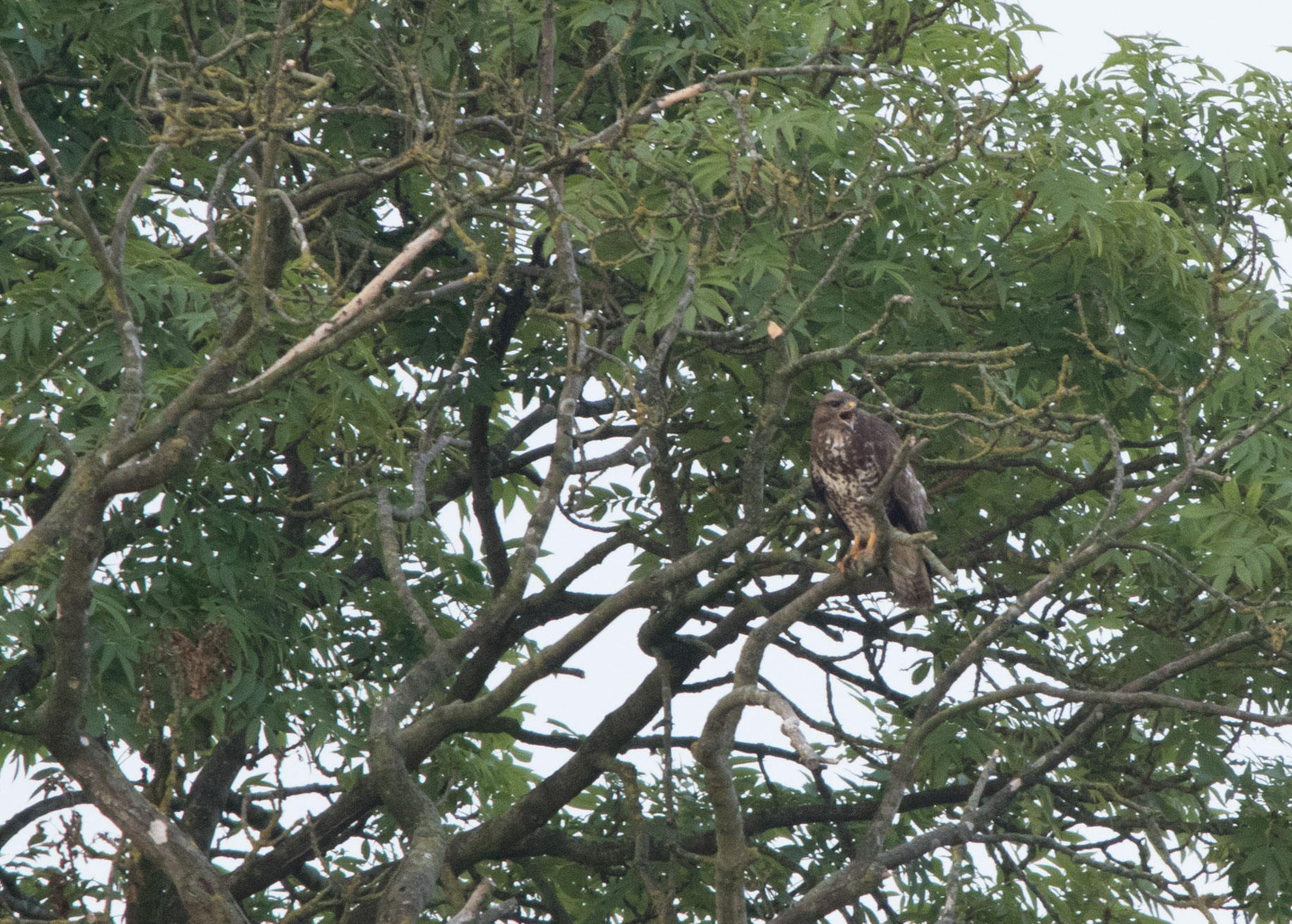
You may well hear buzzards, with their distinctive, piercing calls, before you see them. Bilton is home to at least one family. I'll replace the photo with a better one as soon as I take a better one!

The Collins bird guide mentions the dunnock's blue-grey head and breast, and red-brown legs, and the way it dives into cover at the slightest disturbance. Although it could be said to be rather drab, I like a dunnock, and I think it has a certain charisma.
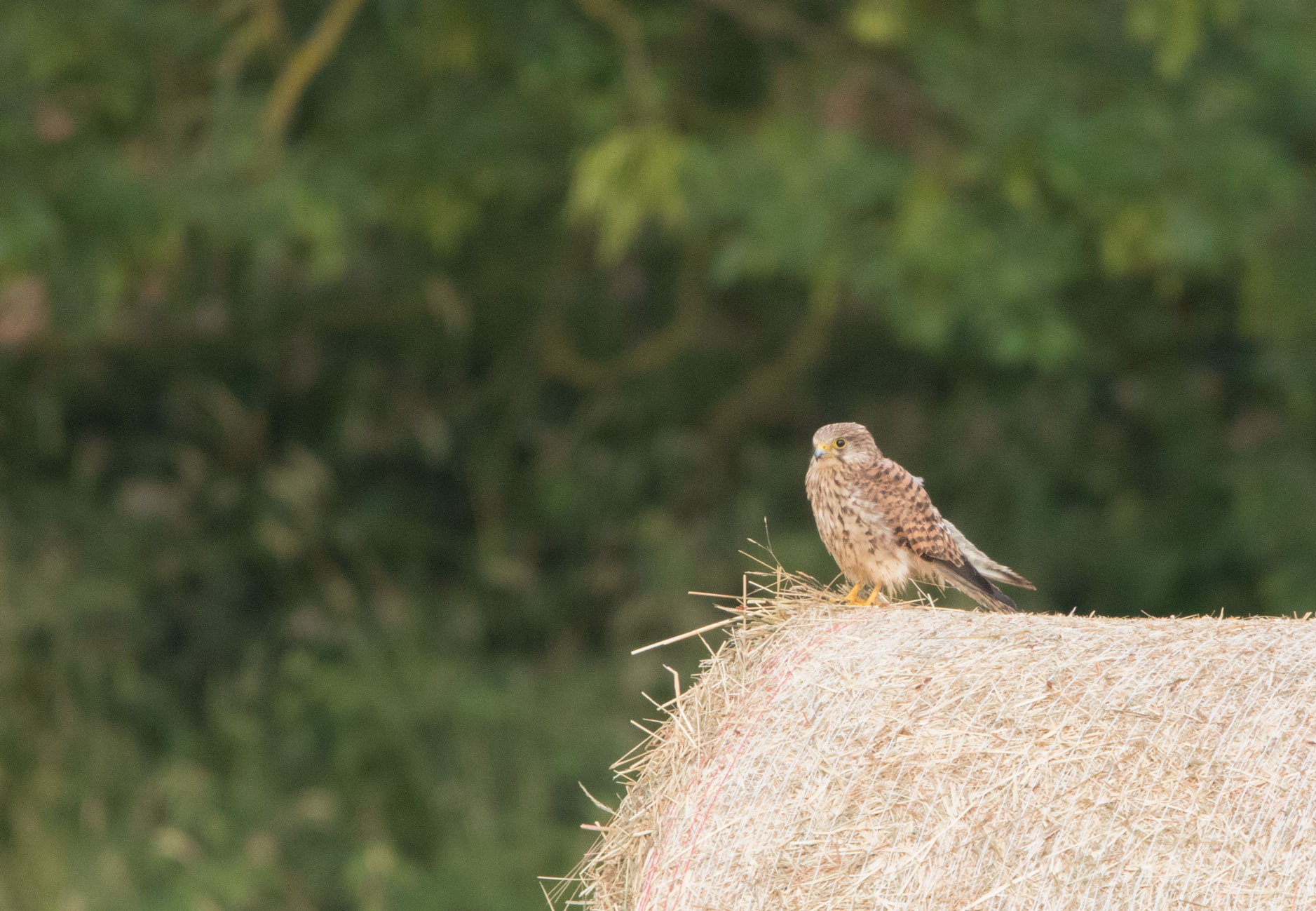
This kestrel was perched on a hay bale near the caravan park, in July 2018.

When the alarm clock beeps, it doesn't always seem such a good idea to go for an early morning walk on Bilton Lane. Once you're out, though, it's lovely to see all the birds out looking for food, at dawn when they are most active.
I came across this Little Owl perched on a post early one morning in June 2018. It gave me a hard stare for a few moments, then flew to a nearby tree and out of sight.

Nuthatches seem to like the edge of woodland, and they patrol the trunks and branches of trees, collecting insects in their beaks.
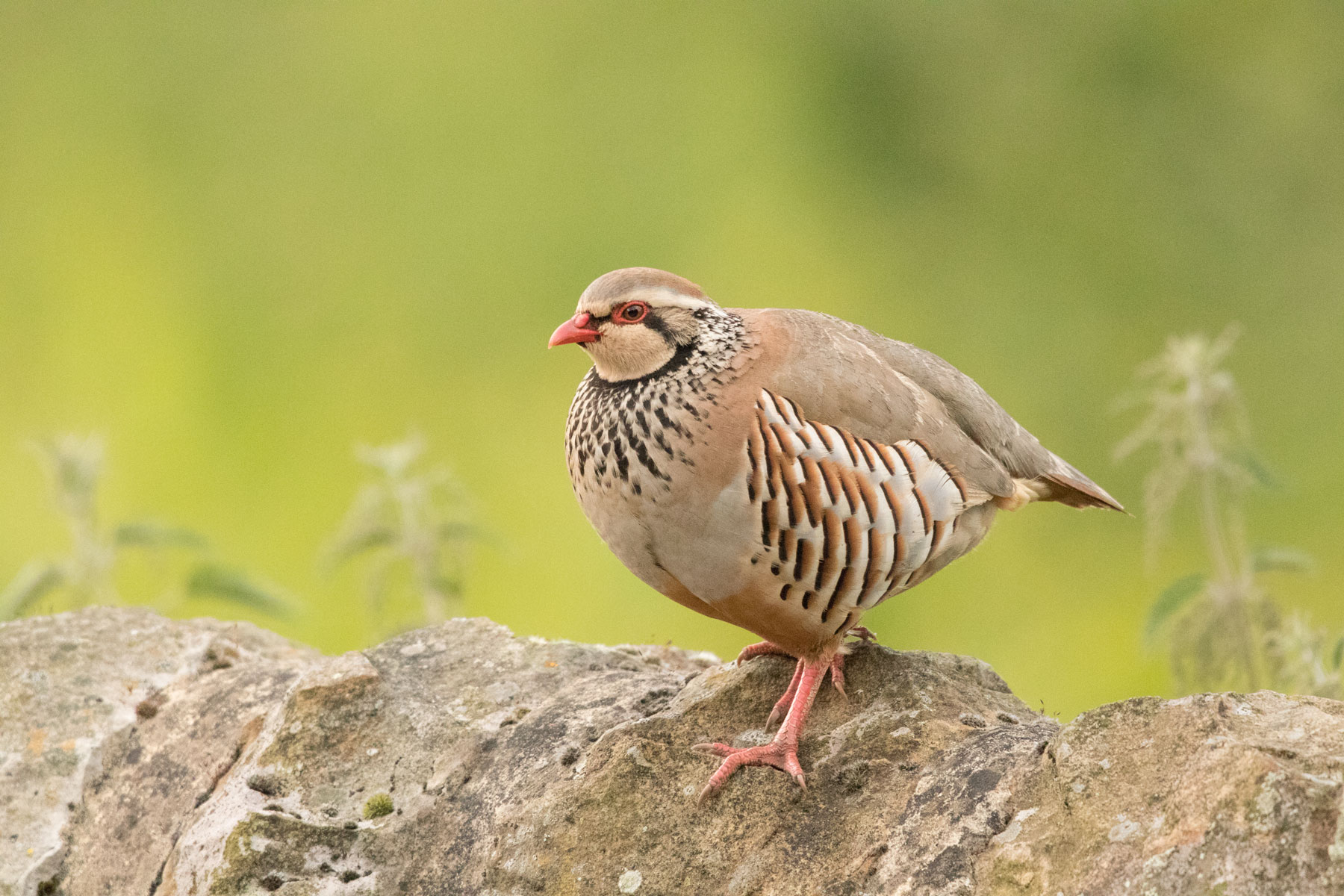
This red-legged partridge was on a wall at the edge of a field early one morning in June, and happy to stay put for a photo.
'Wary. Runs away quickly when disturbed.' That's what the Collins Bird Guide says, but not on this occasion. Other information: it was introduced to Britain, it flies only if pressed, it nests on the ground, and it eats plants and insects.
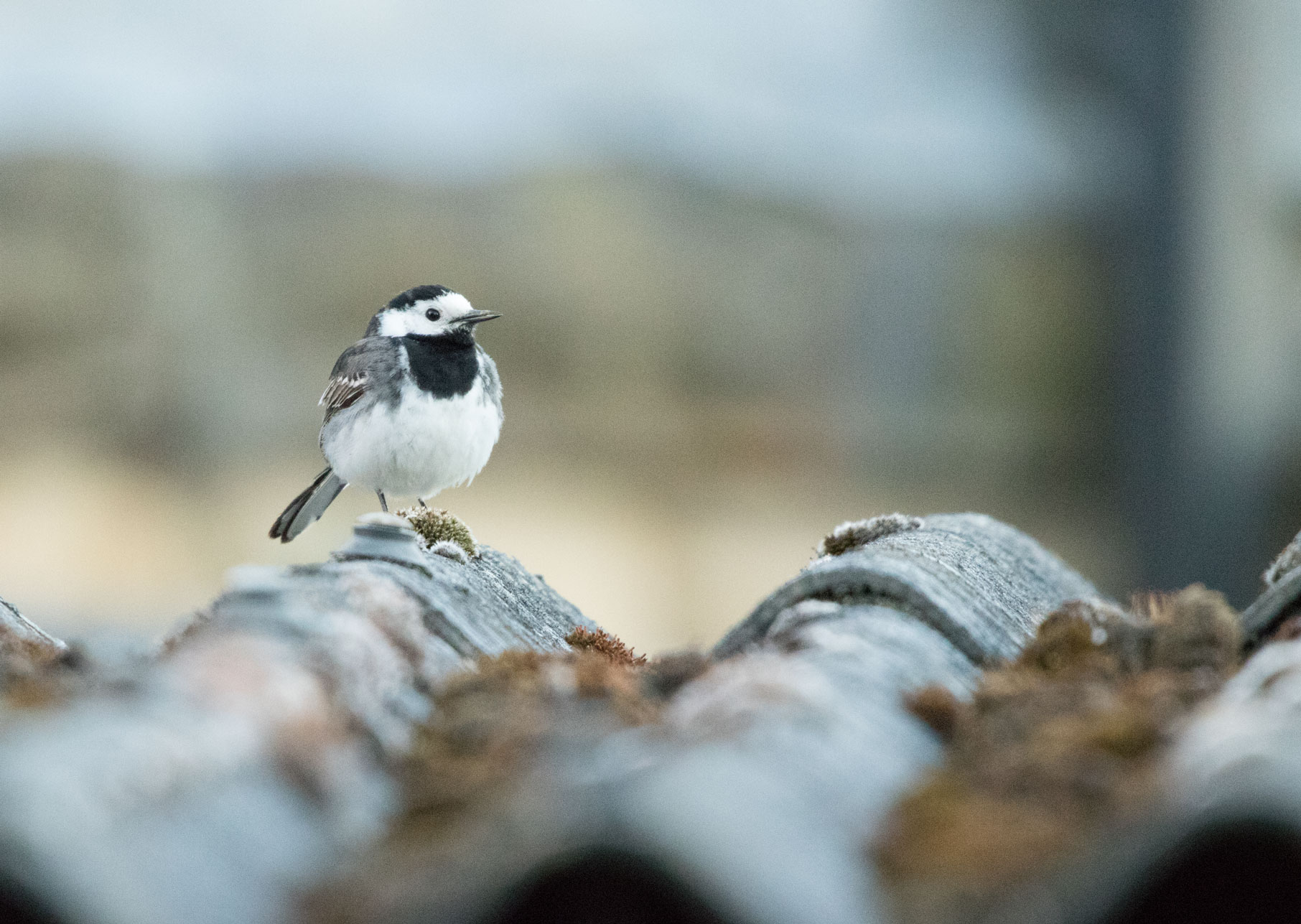
There are pied wagtails at Bilton Dene Farm. They tend to perch right on top of the roof of the barn, and don't do very much at all.

There are plenty of robins along Bilton Lane. They particularly like the trees and hedgerows near the caravan park, and the woods on the opposite side of the lane. This one was half-hidden in a recently-trimmed thorn hedge.
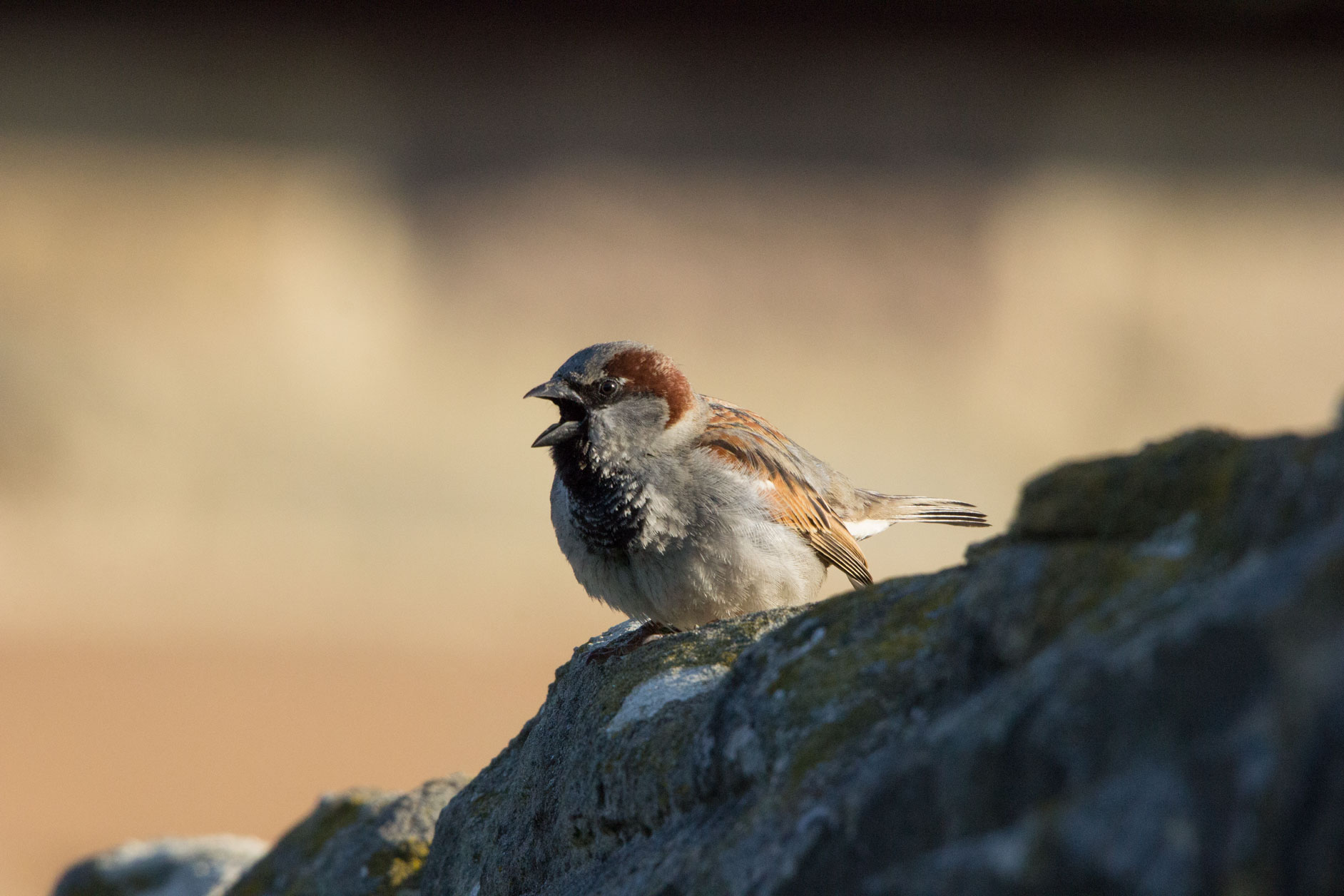
Bilton Lane supports large numbers of sparrows. They find cover in the hedges. Modern, sealed-up buildings aren't too sparrow-friendly, but there are older houses and farms in Bilton, with plenty of cracks and gaps which the sparrows can exploit to find shelter.

Wrens seem to thrive in open woodland, where there are dead branches on the ground. For a very small bird, the wren makes a large amount of noise.
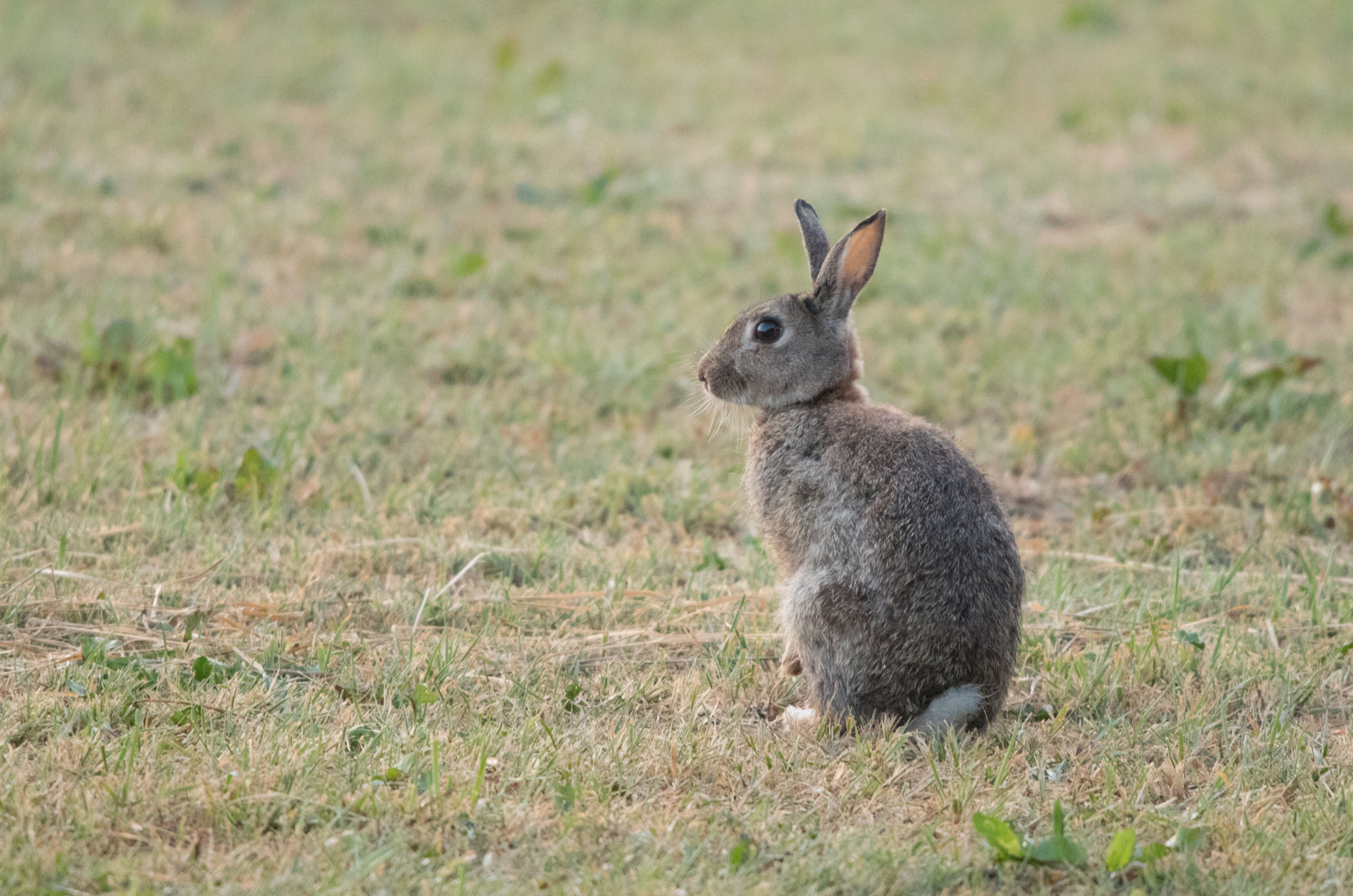
Rabbits live around Old Bilton, including near the Village Farm camping and caravan site.

The mixed habitat of woods and open fields either side of Bilton Lane is ideal for roe deer. Of course, they avoid contact with people, but if you're up early in the morning, you may see them. Probably they are around in the evening too, but since I go to bed at half past seven (well, not quite), I'm more likely to spot them at dawn.
Yorkshire wildlife - where to see what, information about different species, and photos. Read about Yorkshire wildlife.
Roe deer, Bilton Lane
Old Bilton is a lovely place. It's on Bilton Lane, which is close to traffic-free. A triangle of land here includes Bilton Fields, Bilton Beck, and the Nidd Gorge. The Nidderdale Greenway walking and cycling route crosses Bilton Lane on its way north to Ripley.
The Nidderdale Greenway and Bilton Lane are used for walking and
cycling. Local people exercise their dogs in the fields here. It's a
tranquil haven for wildlife right on the doorstep of Harrogate
residents.
It may be that in the past, development happened without much thought to wildlife. That's probably why the UK has become one of the most nature-depleted countries in the world. Road-building is a very effective way to divide and degrade wildlife sites, and kill individual animals.
When we damage natural environments, we're ruining them for the animals and birds that live there, but for ourselves too.
Here's a second reason why a Harrogate relief road is a terrible idea.



© 2018 HedgehogCycling
Template design by Andreas
Viklund